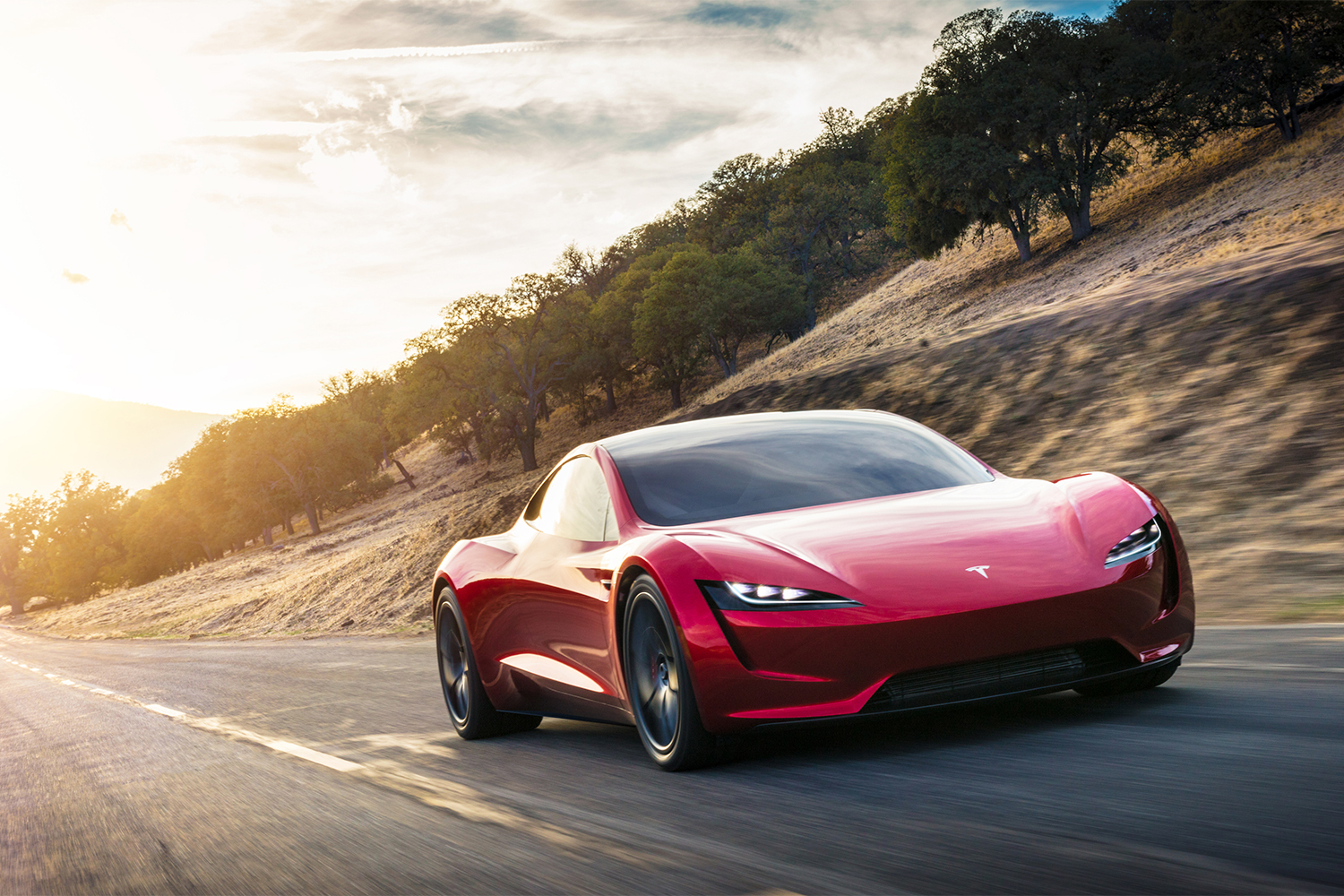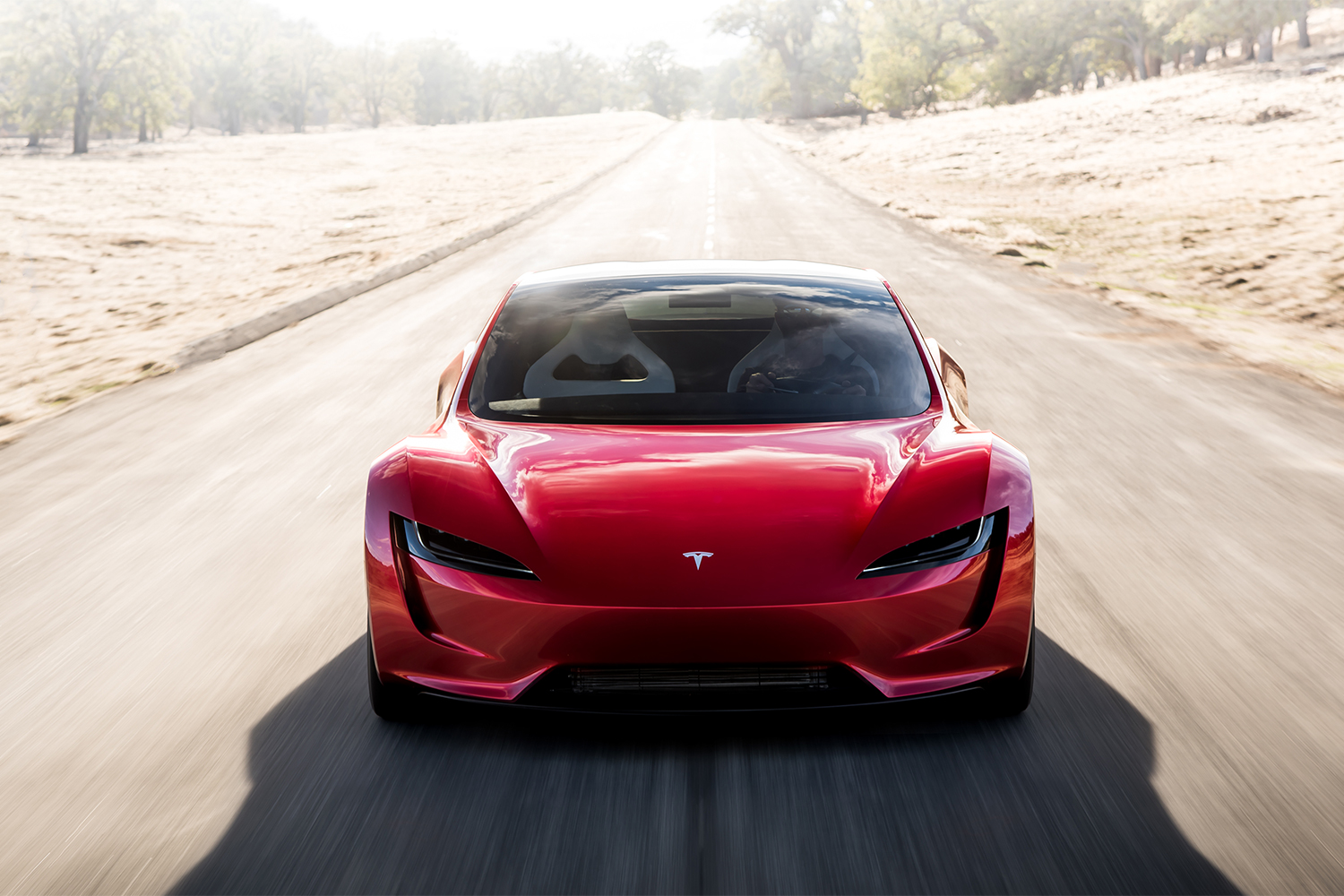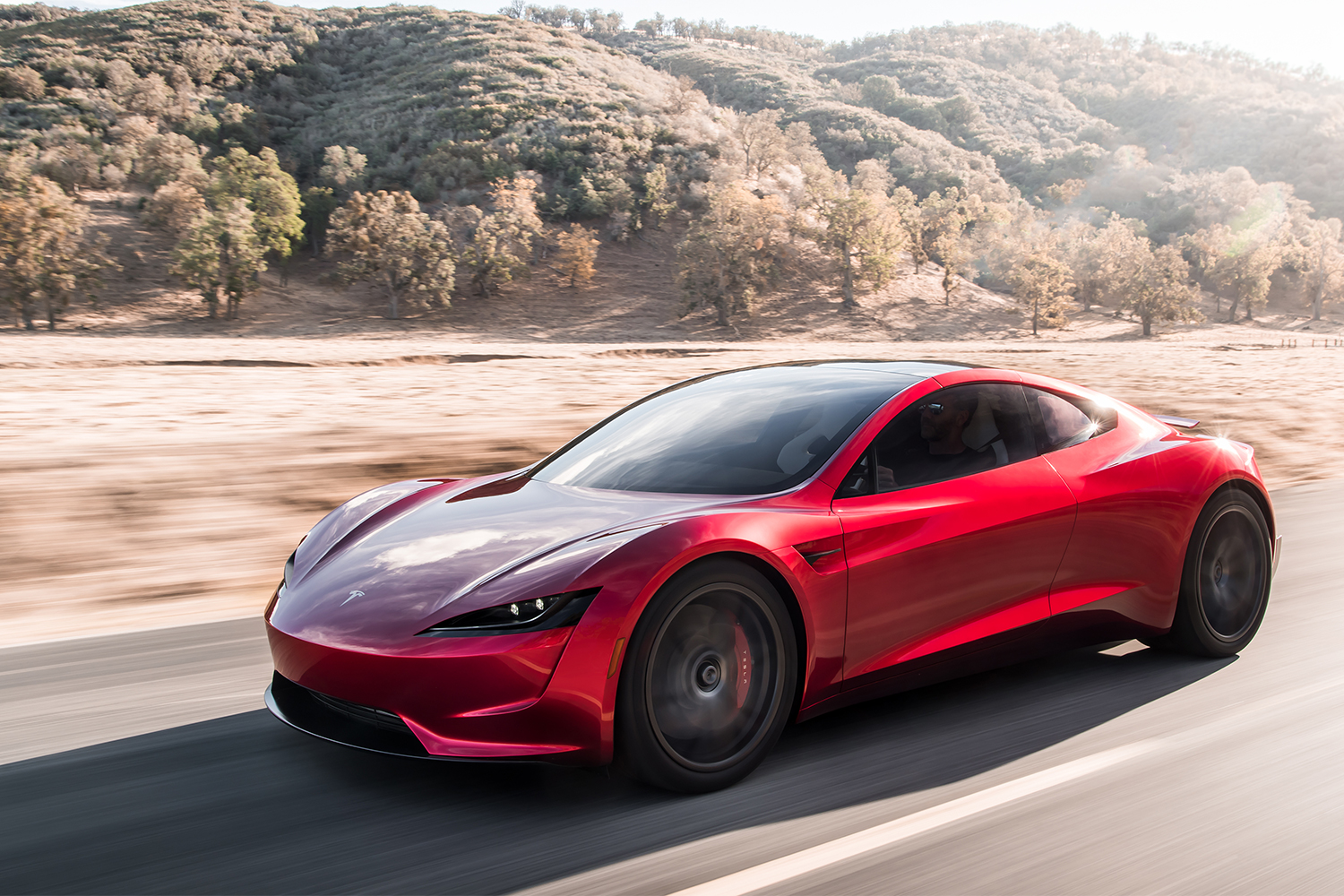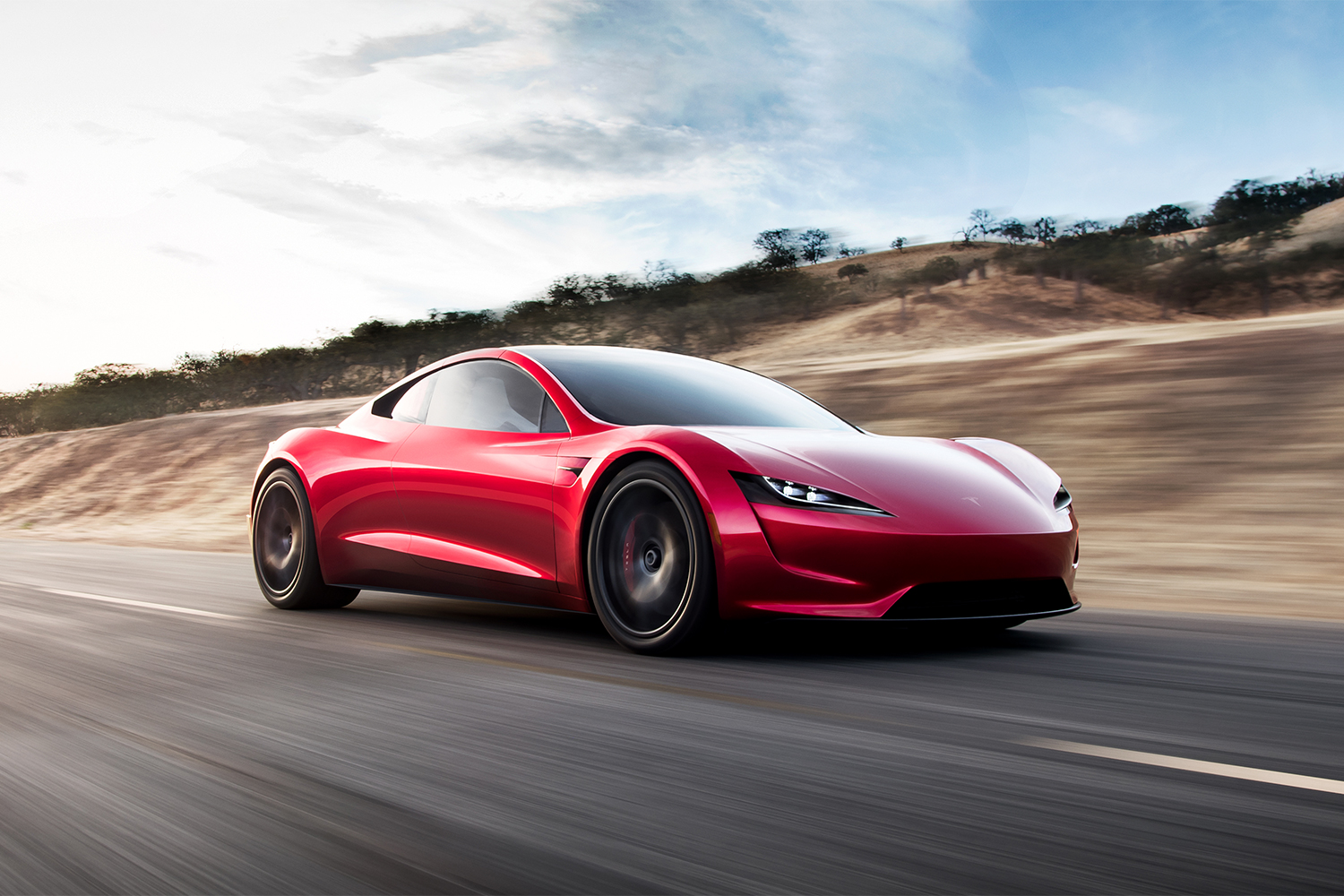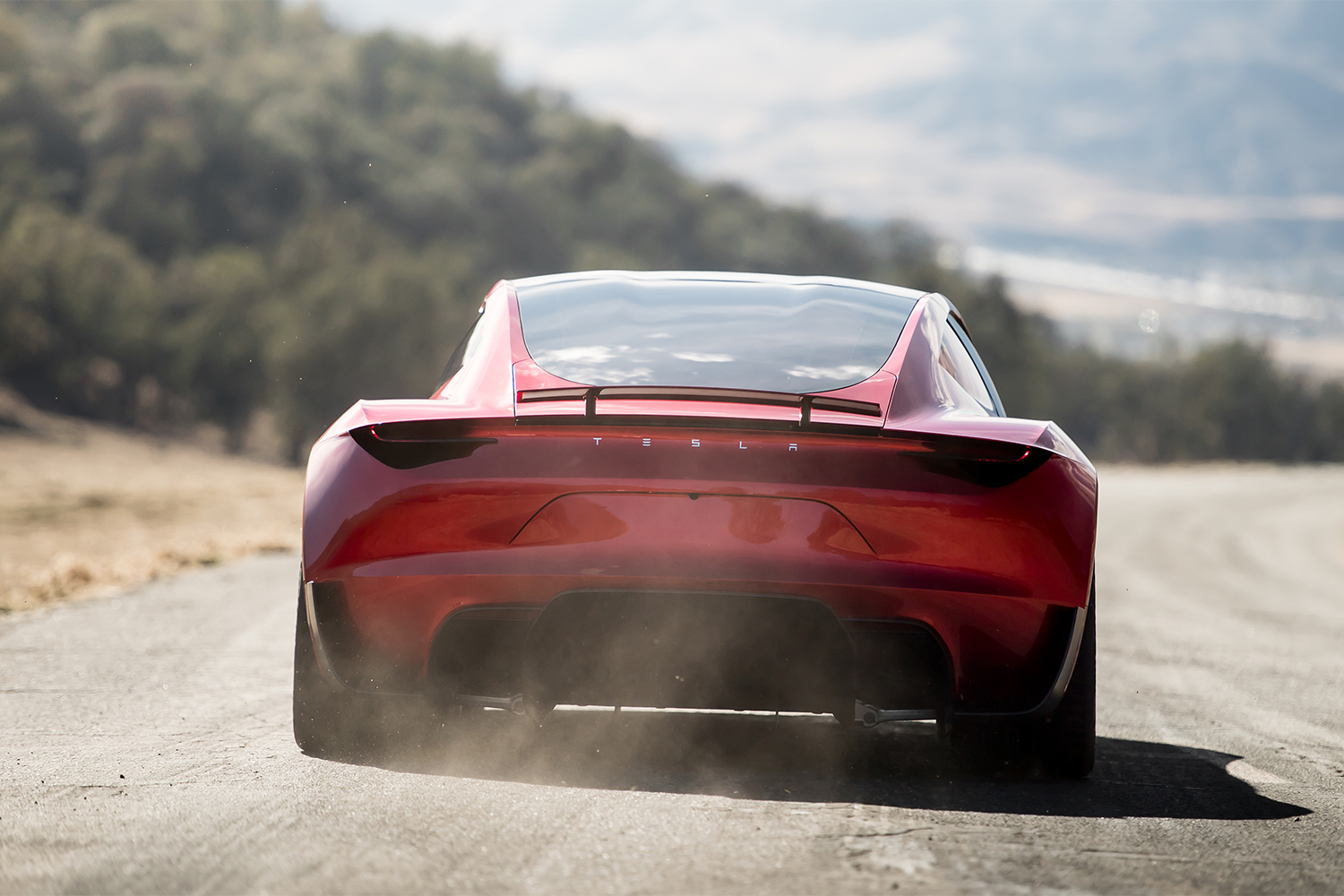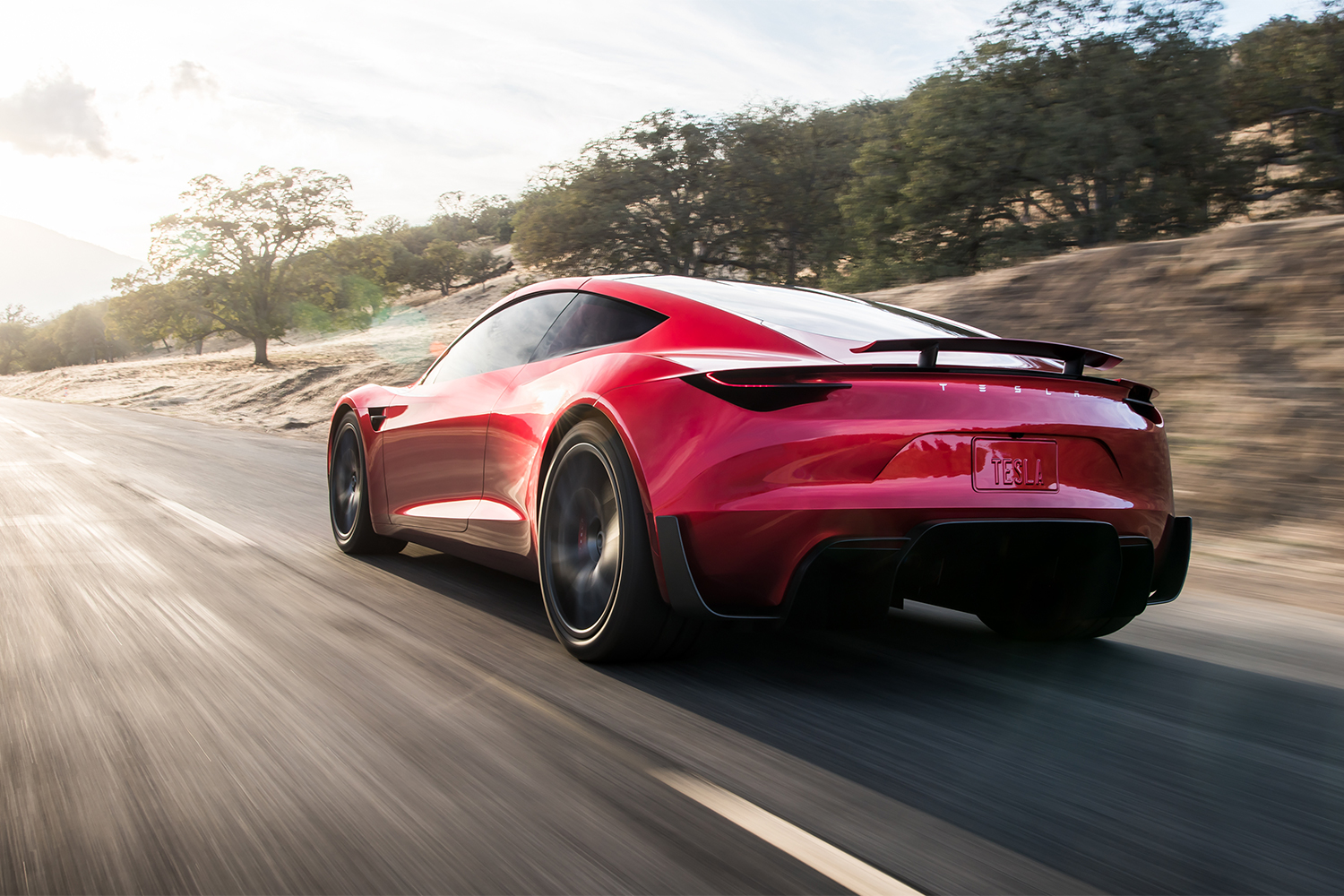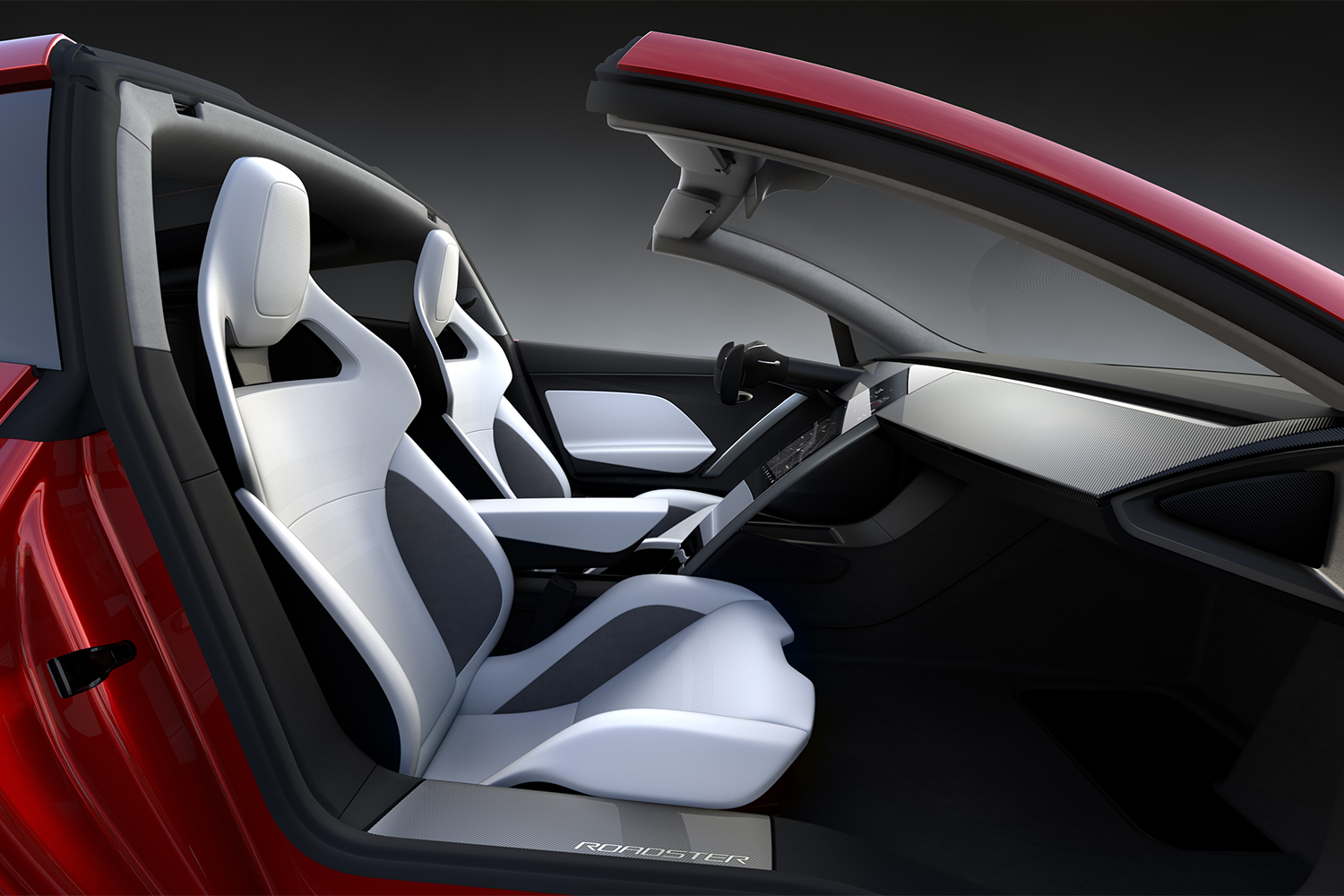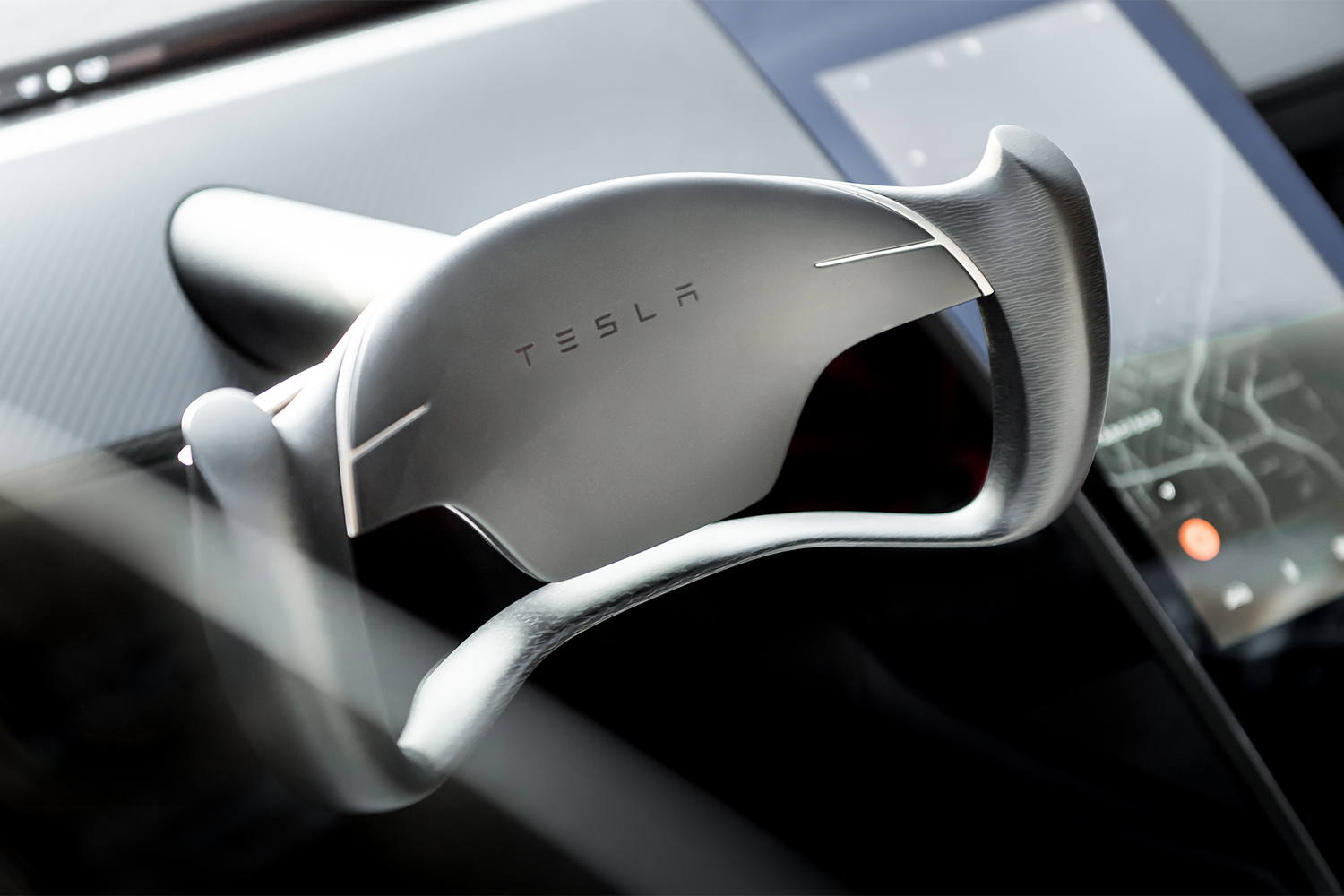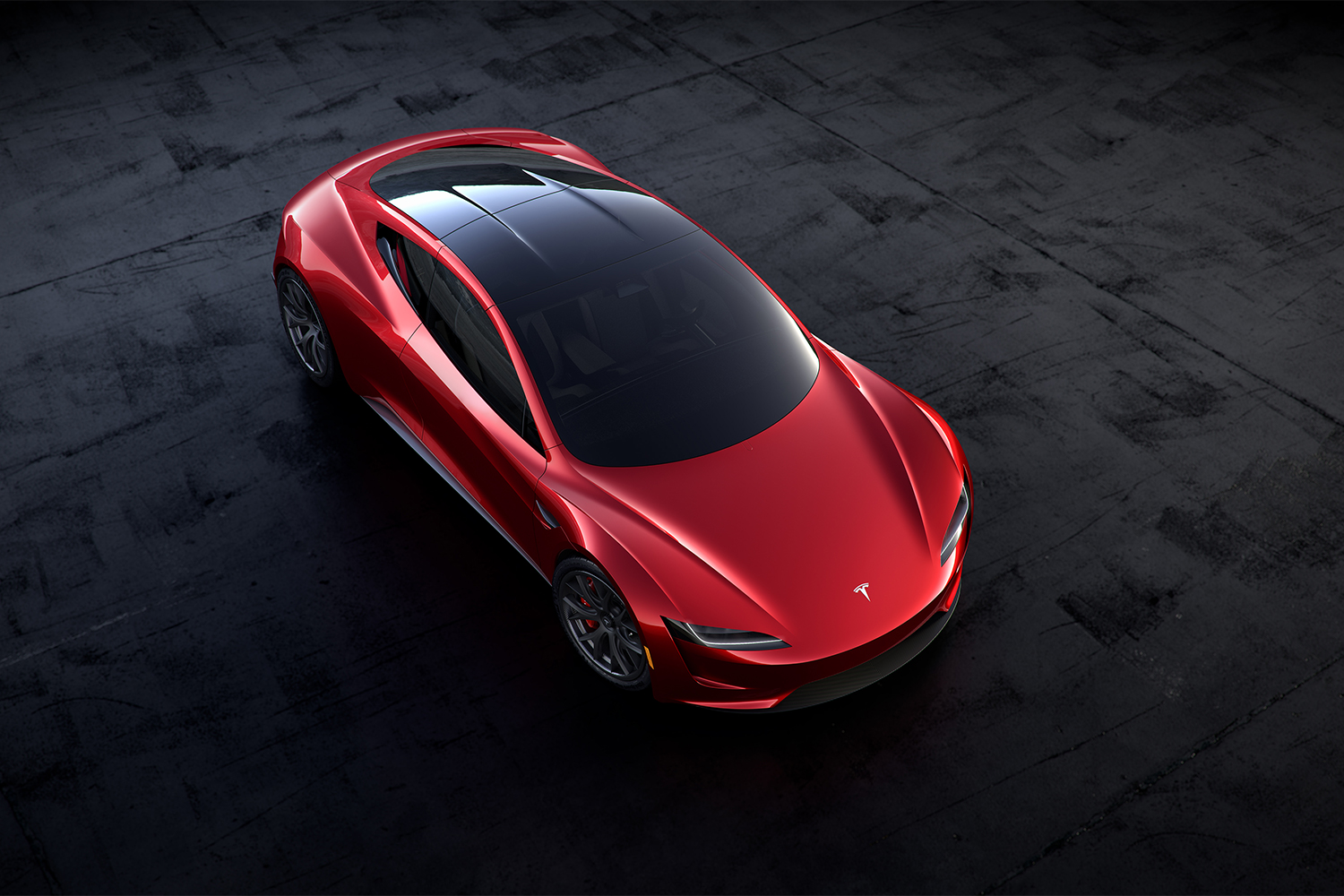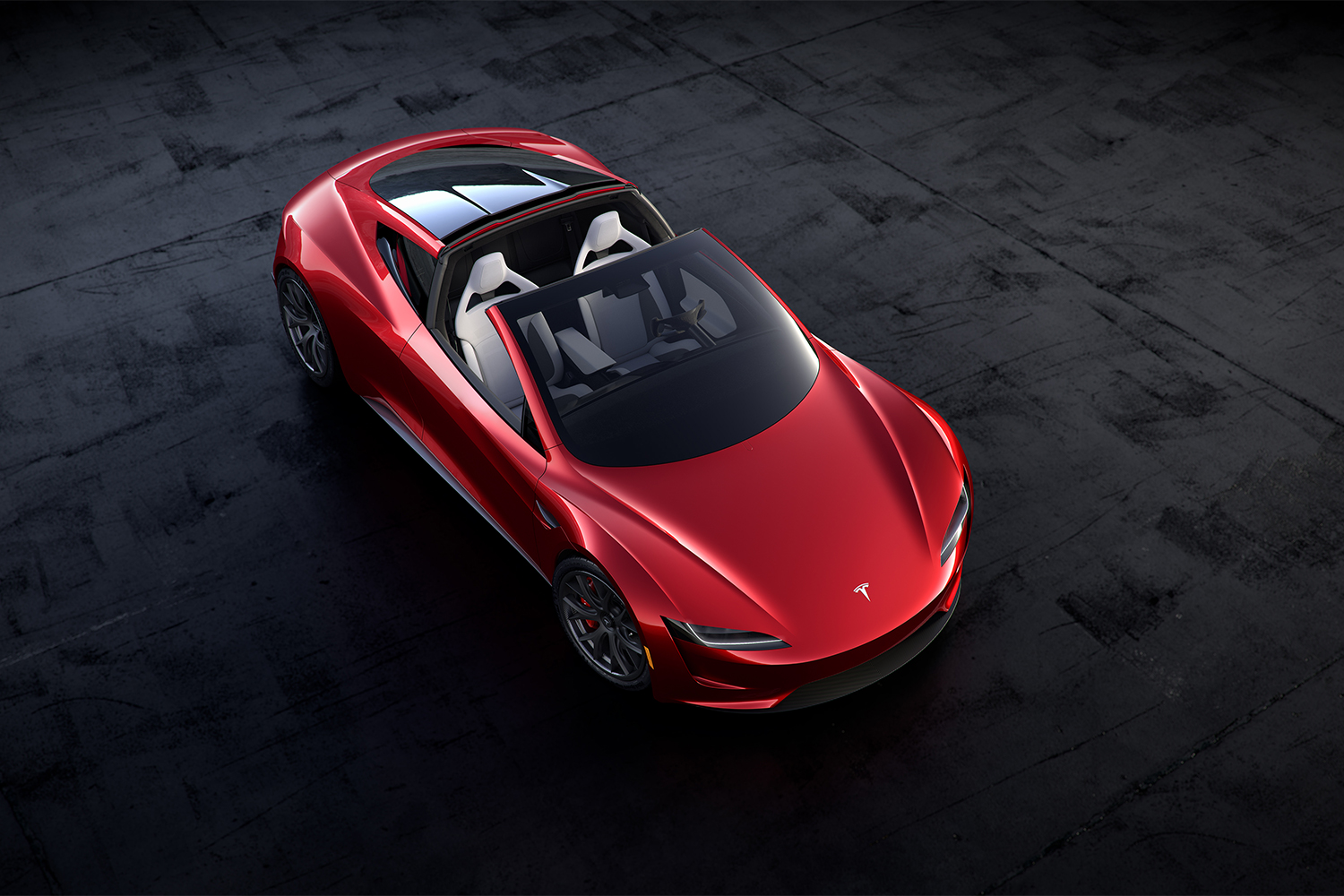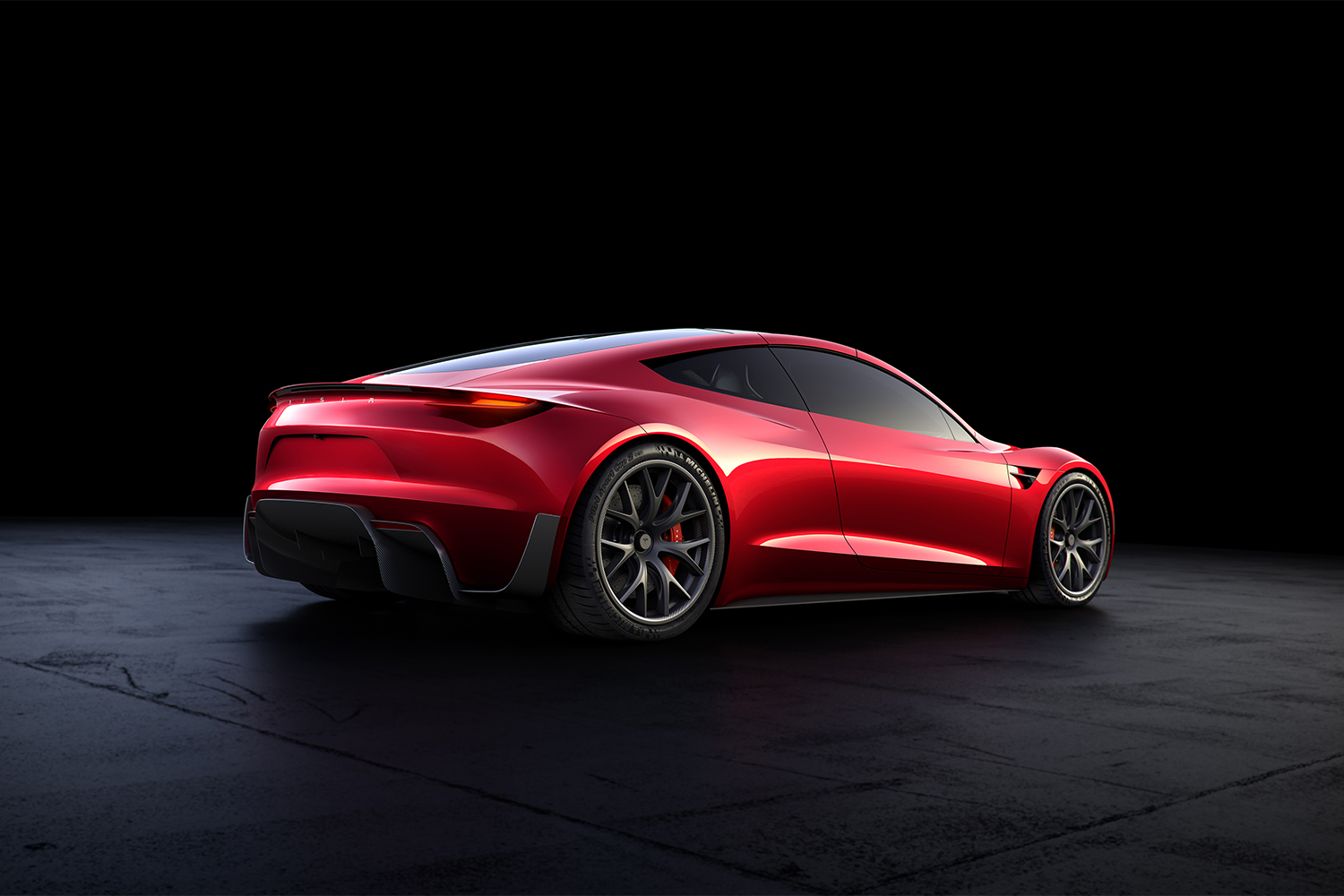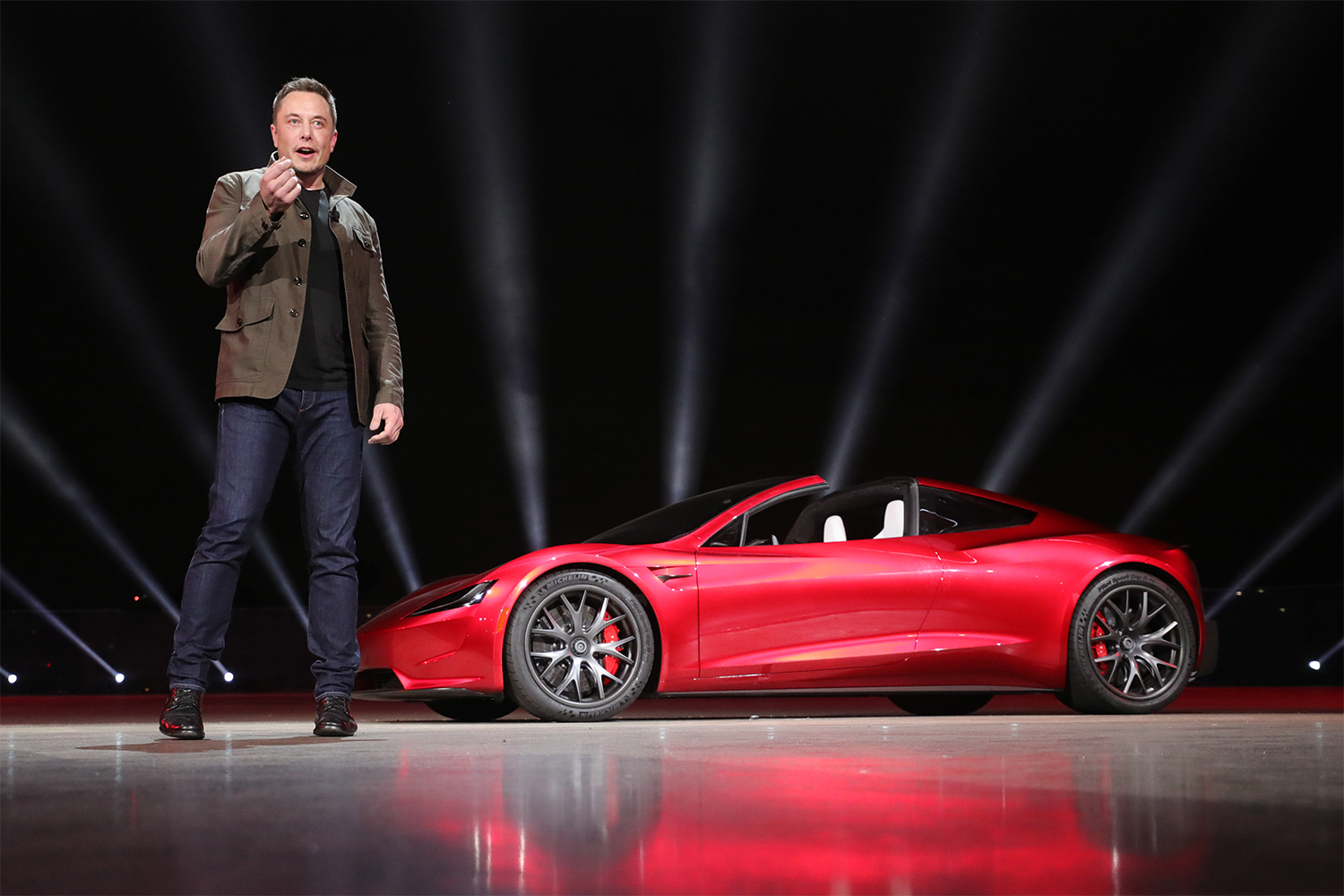Tesla CEO Elon Musk may have been teasing Saturday, June 9, 2018, when he claimed the new Tesla Roadster would have a “SpaceX option package” with 10 small rocket thrusters.

Musk recounted part of his personal history with sports cars in his Twitter feed, but the primary focus of Musk’s thread was the second generation Tesla Roadster, due in 2020.
Musk kicked off his “rocket thruster” Twitter thread by announcing, “SpaceX option package for new Tesla Roadster will include ~ 10 small rocket thrusters arranged seamlessly around car. These rocket engines dramatically improve acceleration, top speed, braking & cornering. Maybe they will even allow a Tesla to fly…”
SpaceX option package for new Tesla Roadster will include ~10 small rocket thrusters arranged seamlessly around car. These rocket engines dramatically improve acceleration, top speed, braking & cornering. Maybe they will even allow a Tesla to fly …
— Elon Musk (@elonmusk) June 9, 2018
Previously announced specifications for the new $250,000 Tesla Roadster already edge on insanity, topping the impressively speedy original. The first Tesla, the Lotus Elise body-based 2005 Roadster, sped from 0 to 60 mph in 3.9 seconds and could travel more than 200 miles on a charge.
The new Roadster, announced as a surprise in November 2017 at the Tesla Semi introduction, will have a 200kWh battery pack. According to Musk, that much electric power will enable the removable-topped ride to rip through 0 to 60 mph in 1.9 seconds, 0 to 100 mph in 4.2 seconds, and a quarter mile in 8.9 seconds. Tesla claims the range-per-charge will hit 620 miles.
According to Musk in November, “These numbers sound nutty, but they’re real.” He went to say, “The point of all this is just to give a hardcore smackdown to gasoline cars.”
On Saturday, Musk apparently felt it was time to reinforce the Roadster’s image as an incredibly-capable performance car. Alternately, he might have been using Twitter to distract attention from recent reports that almost one-quarter of Tesla Model 3 deposits have been returned.
Musk Tweeted the background regarding his affinity for sports cars, “19 years ago, when my 1st company got bought, I had to decide between buying a house in Palo Alto or a McLaren F1 (best car ever imo). Was no contest. I bought F1 & a small condo that was much cheaper than the car. New Tesla Roadster will exceed all gas sports cars in every way…”
19 years ago, when my 1st company got bought, I had to decide between buying a house in Palo Alto or a McLaren F1 (best car ever imo). Was no contest. I bought F1 & a small condo that was much cheaper than the car. New Tesla Roadster will exceed all gas sports cars in every way…
— Elon Musk (@elonmusk) June 9, 2018
Twitter user David Jenkins, @djenkins6, suggested a possible way Tesla could add rockets to the car. “I reckon it’s adapted cold gas thrusters used in upper stage rocket guidance, using plain old compressed air,” @djenkins6 tweeted.
I reckon it’s adapted cold gas thrusters used in upper stage rocket guidance, using plain old compressed air.
— David Jenkins (@djenkins6) June 9, 2018
Musk replied to @djenkins6’s reckoning, “Using the config you describe, plus an electric pump to replenish air in COPV, when car power draw drops below max pack power output, makes sense. But we are going to go a lot further.”
Using the config you describe, plus an electric pump to replenish air in COPV, when car power draw drops below max pack power output, makes sense. But we are going to go a lot further.
— Elon Musk (@elonmusk) June 9, 2018
